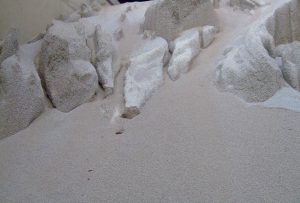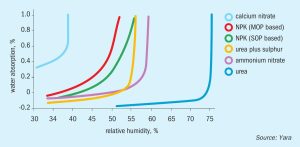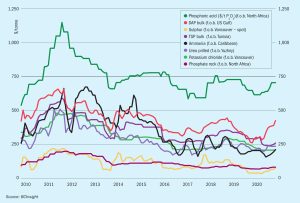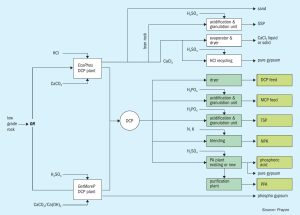Fertilizer Industry News Roundup
The United States has imposed duties on Russian and Moroccan phosphate imports.
The United States has imposed duties on Russian and Moroccan phosphate imports.

During this time of disruption, keeping connected nd informed has never been more important. While the in-person events the industry usually relies on are not possible, CRU’s Phosphates 2021 Virtual Conference, 23-25 March, offers exceptional information sharing and networking opportunities.

The degradation of fertilizer granules during handling and storage can be economically-costly and therefore needs to be avoided. Preventing unwanted caking and dust formation requires tailor-made coatings, as Kim ten Wolde, product manager at Holland Novochem, explains.

No one in this industry should ever need a reminder that commodity markets are cyclical. The corollary of that is – every once in a while – markets can, and will, abruptly change direction.

Despite the unprecedented economic woes inflicted by the Covid-19 pandemic, the global MOP industry still managed to endure in 2020, says Andy Hemphill , senior editor for potash at ICIS Fertilizers, thanks to its ‘essential’ status.

The quality of finished fertilizers can be maintained during transport, handling and storage by protecting the surfaces of granules and prills with coating agents. We survey the range of anti-caking, water repellent and anti-dusting additives currently on the market.

Market Insight courtesy of Argus Media

As the Covid-19 pandemic continues, we look ahead at fertilizer industry prospects for the next 12 months, including the key economic and agricultural drivers likely to shape the market during 2021.

Prayon’s Hadrien Leruth and Marc Sonveaux highlight the latest phosphate production developments at the company – and share their experience of how innovative ideas are validated, industrialised and turned into commercially-viable technologies.

Nouryon is introducing a new anionic ‘gemini’ collector for phosphate flotation under the product name Phospholan G10. These novel dimeric reagents offer distinct performance advantages over conventional fatty acid collectors.